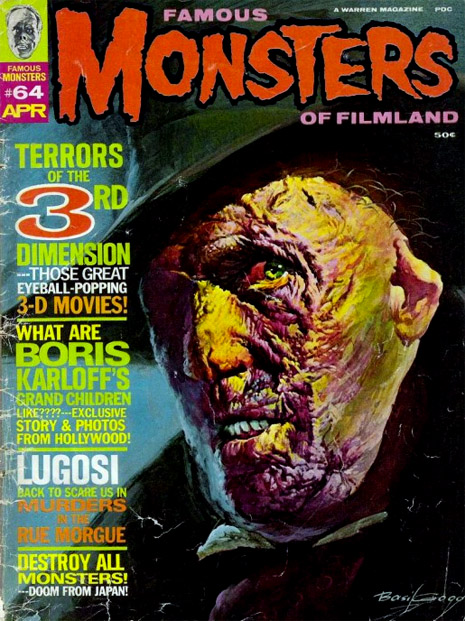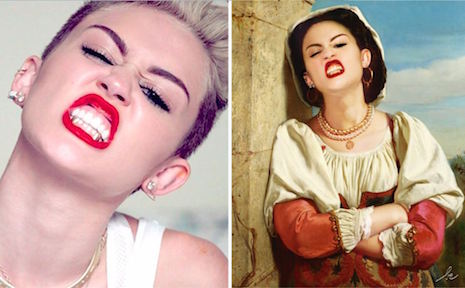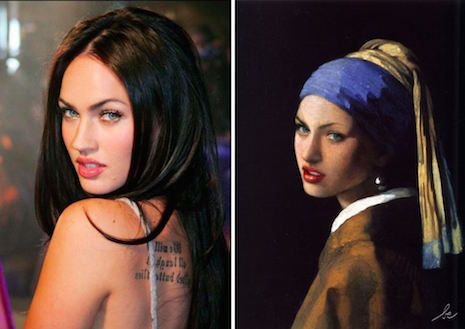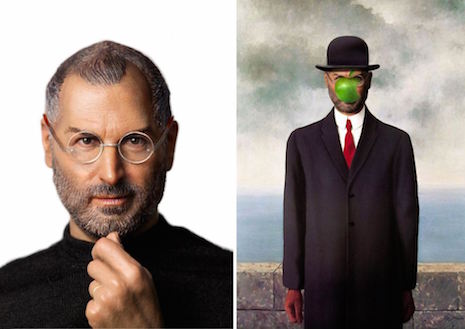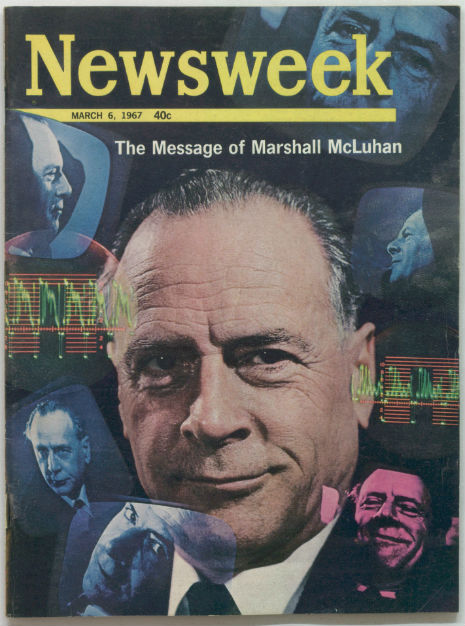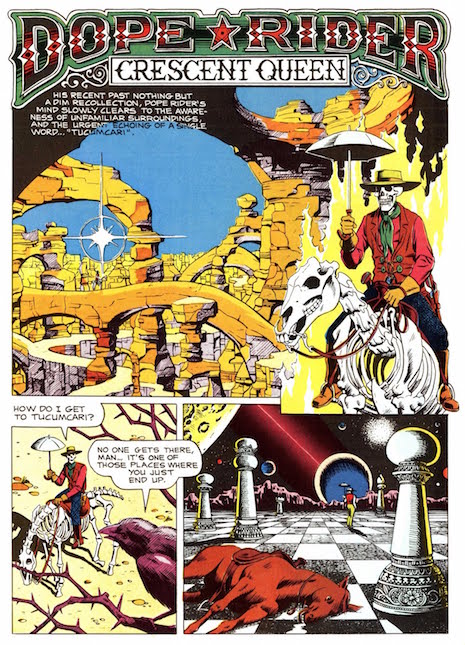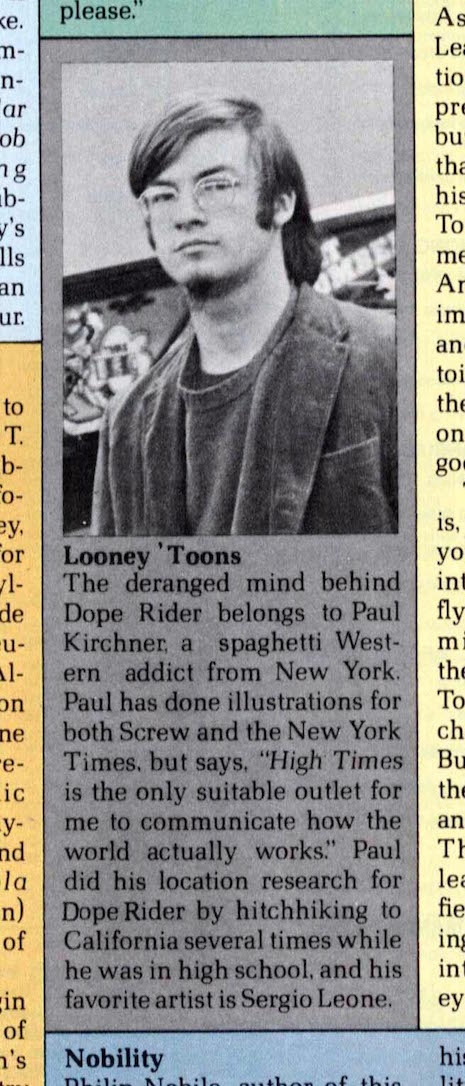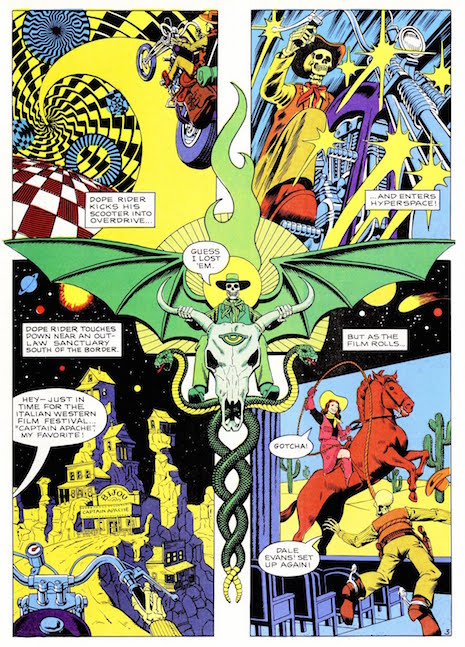
A few weeks ago I was poking around John K. King Used & Rare Books, Detroit’s incredibly massive used bookstore—it’s one of the best bookstores I have ever been in—and I stumbled upon a curious volume, colorful and bright: The 90s: A Look Back—A History of the 1990s Before They Happen, edited by Peter Elbling and National Lampoon honcho Tony Hendra. Practically a magazine in book form and bearing a copyright date of 1989, the volume is some kind of satire of the media’s addiction to end-of-decade reviews. I popped it into my cart and didn’t think much more about it.
After I got home, the book began to puzzle me even more. The Hendra link obviously called to mind National Lampoon, but the presence on the masthead of the names Graydon Carter and “Kurt Anderson” (sic) suggested some kind of relationship with Spy, which was smack in the middle of its glorious heyday in 1989. A perusal of the table of contents yielded an astonishingly impressive list of contributors—David Mamet, Bill Murray, Ann Magnuson, Mike Wallace, Keith Haring, Paul Krassner, etc. Some nugatory Internet researches revealed the existence of a prior volume ten years earlier, edited by Christopher Cerf and Tony Hendra, that was far more successful, under the title The 80s: A Look Back at the Tumultuous Decade 1980-1989. Any decade that includes hefty doses of President Ronald Reagan is going to be somewhat impervious to satire, and this “90s” volume appeared to have come and gone without much comment.

Not surprisingly, the real world has a tendency to outstrip satire. The joke of the book is that the 1990s are described before they happen, and even if the joke were better, the transpiring of the actual 1990s we all lived through would inevitably reveal the project to be far less prescient (and interesting) and far more of its time than contemporaneous assessment would ever imagine. The gags of Japan and Disney purchasing everything, both tropes that were très big in 1989, predominate, but nobody thinks of the 1990s in those terms anymore. One exception to the rule is the contribution from George Carlin, entitled “S.P.I.N.,” an acronym standing for “Subscriber Preference Initiated News,” which predicts with devastating accuracy a post-newspaper world in which a reader’s news diet is tailored to his or her preferences, a media landscape that the Internet depressingly made all too familiar.
In the back of the book a few musically inclined luminaries including Spinal Tap‘s (and, lately, Better Call Saul‘s) Michael McKean, Weekend Update co-creator Herb Sargent, and not-yet-Disney-axiom Randy Newman collectively come up with the “Songs of the Millennium.” One of the songs is by Donald Fagen of Steely Dan, whose previous full-length album, The Nightfly, had come out a hefty six year’s earlier.
Fagen’s contribution is called “The Mop Song 2000,” and purports to present the chart-topping hit of “Stend’or of the Rill,” who hails from “102nd Starfleet, Sector 1267H4, Earth Orbit 10021,” which is probably future-speak for New York’s Upper East Side. The ditty, which shows every sign of being tossed off, neatly ties together a cute, 1980s, sci-fi premise and the rejuvenating pessimism of millennialism, telling the tale of an Earth so fucked up that aliens show up to “mopify,” i.e. clean up, the mess we’ve made of it. Humanity’s time is “fini” so the best thing to do is to let the aliens wield their “Fire-Mop” and start afresh. Lord knows we can’t do it.
I’ve searched on Google for information about this song, and found precisely zero references to it, so DM duly offers it up for any Steely Dan completists out there. If anyone finds a bootleg track of Fagen demonstrating a melody, that would be mind-blowing and great, but in all honesty you can pretty much supply your own “Babylon Sisters”-ish vocal tracks in your head as you read the lyrics.

The Mop Song 2000
Say Mop-d’dwee-dit
The sky is falling
Men of Earth
Your time is up
We have come
To decorate your world
To mopify your planet
Say Moppity-mop-d’dwee-dit
Say celebration
Der Himmel fällt
Hombres de la Tierra
Votre temps est fini
It’s party time
But first a thorough cleaning
We’ll mopify your planet
Say Moppity-mop-d’dwee-dit
Our leader told us
That y’all are psycho
That soon you’ll be
Right in our face
Say Hallelujah
The Fire-Mop is hungry
We’ll mopify your planet
Say Moppity-mop-d’dwee-dit
Posted by Martin Schneider
|
04.28.2015
12:37 pm
|












